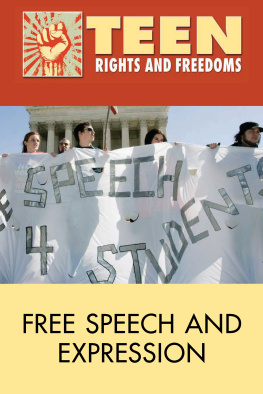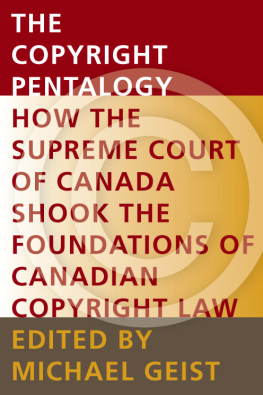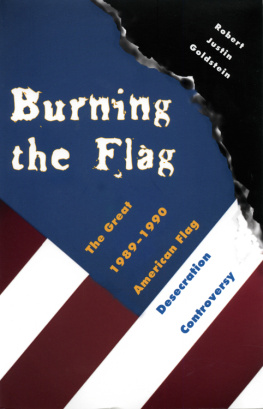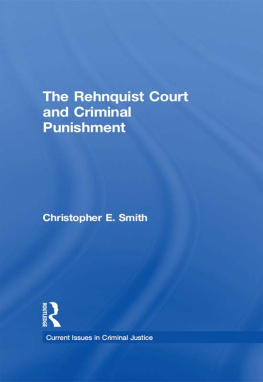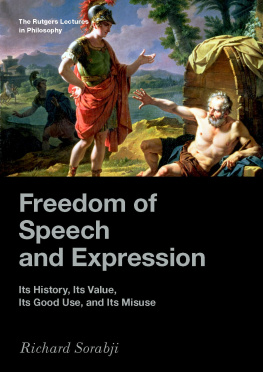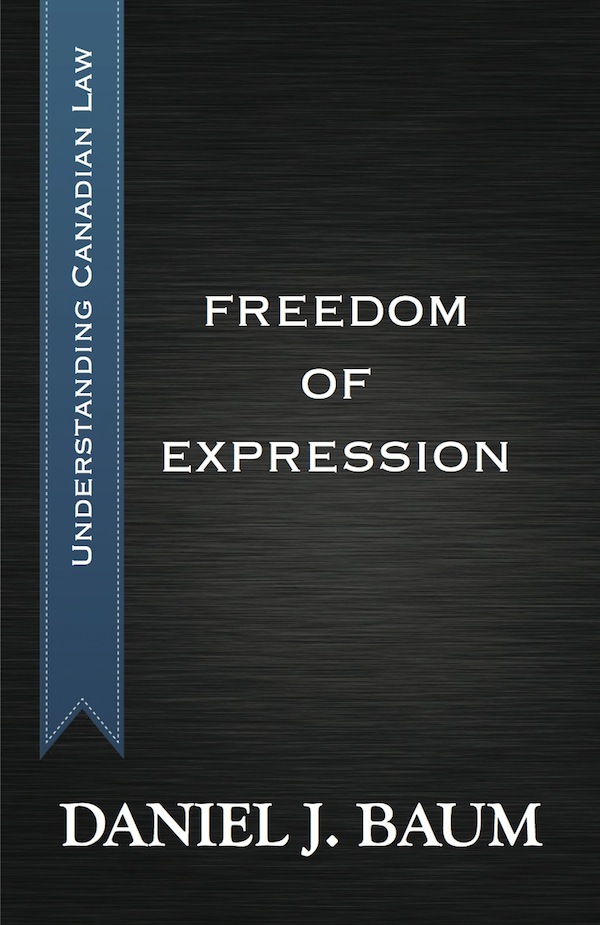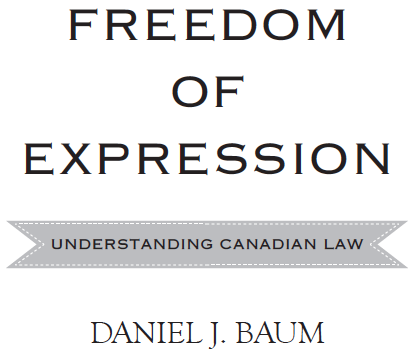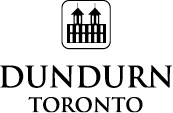Daniel J. Baum - Freedom of Expression
Here you can read online Daniel J. Baum - Freedom of Expression full text of the book (entire story) in english for free. Download pdf and epub, get meaning, cover and reviews about this ebook. year: 2014, publisher: Dundurn Press, genre: Politics. Description of the work, (preface) as well as reviews are available. Best literature library LitArk.com created for fans of good reading and offers a wide selection of genres:
Romance novel
Science fiction
Adventure
Detective
Science
History
Home and family
Prose
Art
Politics
Computer
Non-fiction
Religion
Business
Children
Humor
Choose a favorite category and find really read worthwhile books. Enjoy immersion in the world of imagination, feel the emotions of the characters or learn something new for yourself, make an fascinating discovery.

- Book:Freedom of Expression
- Author:
- Publisher:Dundurn Press
- Genre:
- Year:2014
- Rating:5 / 5
- Favourites:Add to favourites
- Your mark:
Freedom of Expression: summary, description and annotation
We offer to read an annotation, description, summary or preface (depends on what the author of the book "Freedom of Expression" wrote himself). If you haven't found the necessary information about the book — write in the comments, we will try to find it.
Freedom of expression is a fundamental right protected by the Charter of Rights and Freedoms, which is part of the Constitution of Canada and, as such, the highest law of the land. But it has limits. Peacefully picketing an abortion clinic, so long as patients can come and go, is a protected right, but shouting Fire! in a crowded theatre to cause a stampede is a criminal offence.
Tied in with issues of free speech are questions such as whether justice delayed is justice denied. If it takes years to bring a matter to court and especially to the Supreme Court of Canada how can it be said that there has been a fair consideration of the issues to be decided? As well, must all important constitutional questions, such as freedom of expression, be decided by the courts? Or, is there another way to resolve such issues?
How courts reach decisions in such cases is discussed in Freedom of Expression, an objective introduction for all readers to better understand how law and professional ethics impact those of us who would speak publicly as to issues of concern.
Daniel J. Baum: author's other books
Who wrote Freedom of Expression? Find out the surname, the name of the author of the book and a list of all author's works by series.

